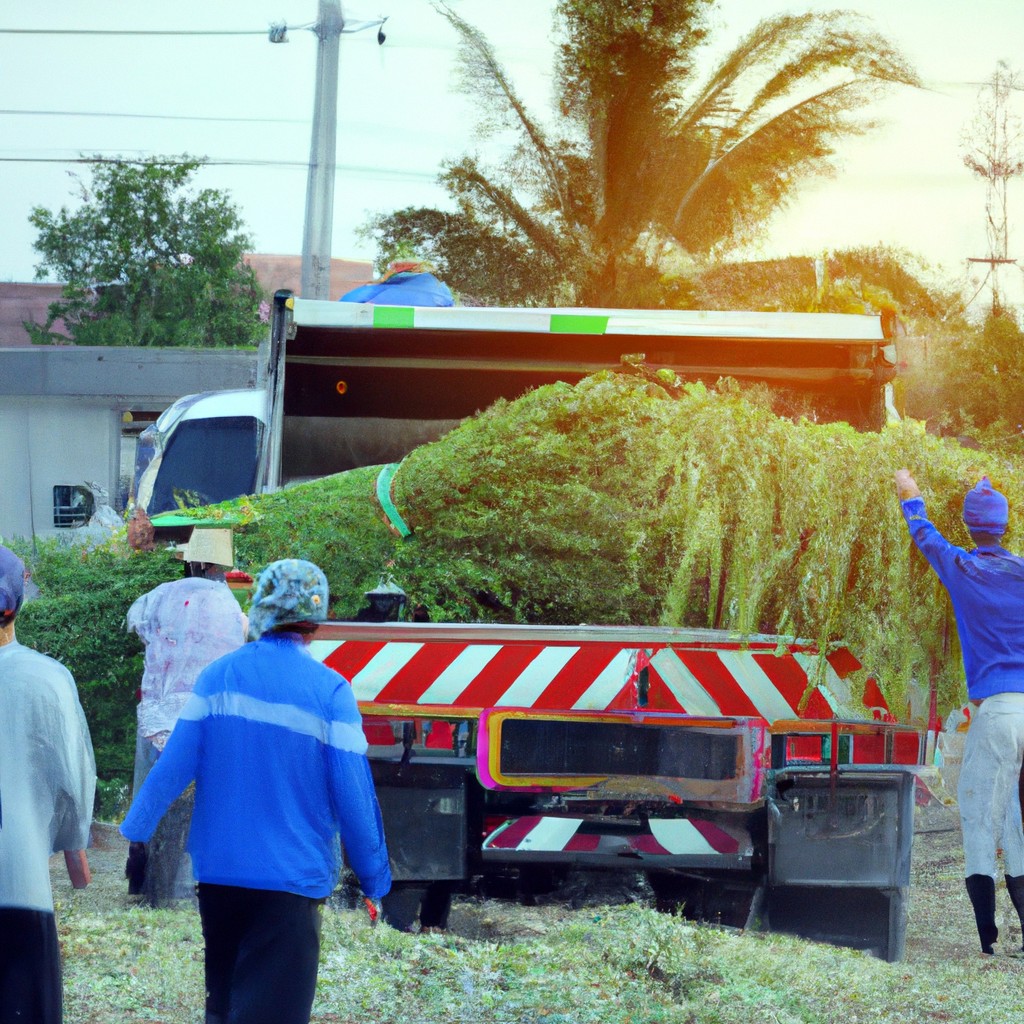Solutions and policies to address labor migration.

Addressing labor migration requires coordinated efforts, such as implementing training programs for local workers. Governments should establish fair wage policies to mitigate the exploitation of migrant labor. Collaborative initiatives between countries can enhance labor market information sharing. Encouraging investments in the home countries can reduce the push factors for migration. Strengthening legal protections for migrant workers is crucial to prevent exploitation and abuse. Voluntary return programs should be offered to migrants who wish to go back to their home countries. Providing access to education and healthcare for migrant workers is essential for their well-being. Overall, a comprehensive approach is needed to tackle the complexities of labor migration.
Read more
Causes of labor migration

People migrate for better job opportunities, economic stability, escaping conflicts, pursuing education, or reuniting with family members. Economic factors play a significant role in labor migration; individuals seek employment to improve their living conditions. Political unrest and lack of job prospects push people to search for work in other regions. Some migrate to access better healthcare, education, or to provide for their families. The desire for a better quality of life motivates many to move to places offering more opportunities. Labor migration often stems from a combination of factors driving individuals to seek better prospects and brighter futures elsewhere.
Read more
Migration

Migration is a natural phenomenon where animals, including birds and butterflies, move to new habitats. This movement often occurs in response to seasonal changes and resource availability. Birds fly thousands of miles, guided by instinct, to find suitable breeding grounds and food sources. Similarly, monarch butterflies travel long distances in search of warmer climates for survival. As these creatures embark on their journey, they face numerous challenges, such as predators, adverse weather conditions, and habitat destruction. Despite these obstacles, migration is essential for the survival of many species, ensuring genetic diversity and healthy ecosystems for future generations to thrive.
Read more
Labor migration

Labor migration is the movement of people from one place to another in search of employment opportunities. It often happens when individuals are unable to find adequate job opportunities in their home countries. People migrate to countries with stronger economies and higher wages to secure a better future for themselves and their families. This phenomenon has both positive and negative impacts. On one hand, it can contribute to economic growth, as migrants fill gaps in the labor market. On the other hand, it can lead to social and cultural challenges, as migrants often face discrimination and the loss of familiar social networks. Nonetheless, labor migration plays a significant role in shaping global economies and societies.
Read more












